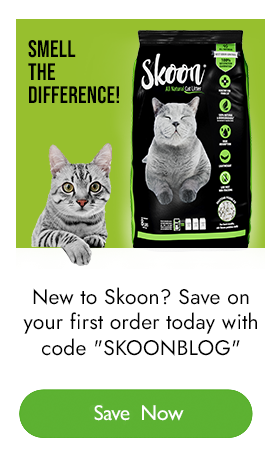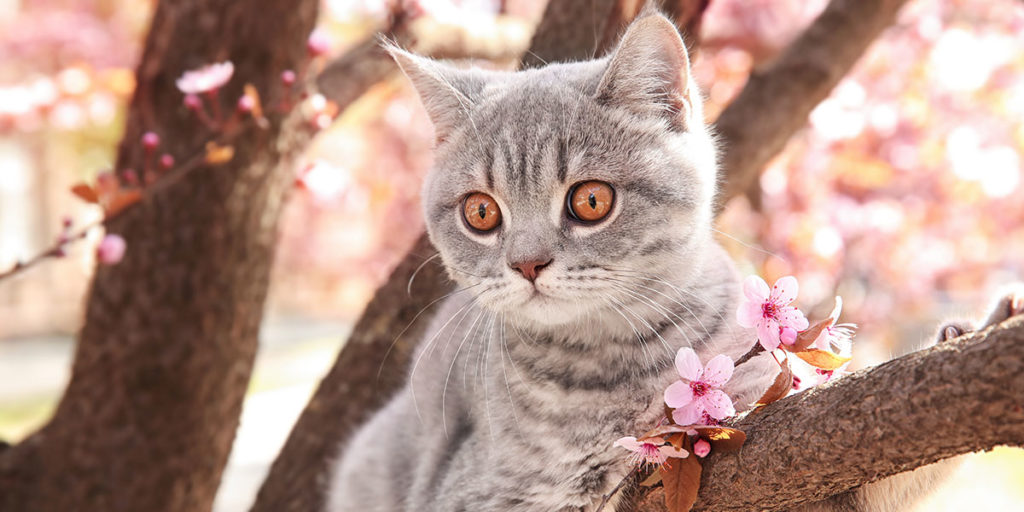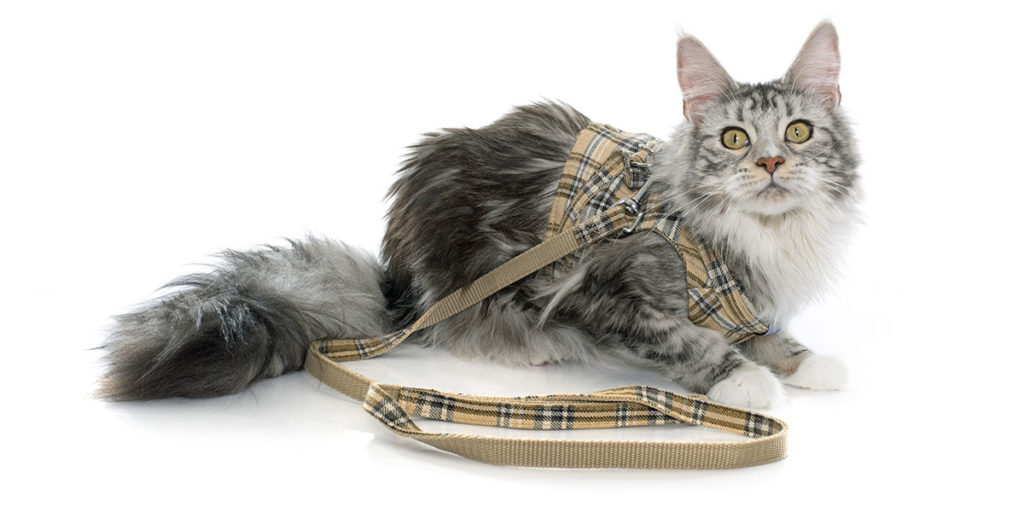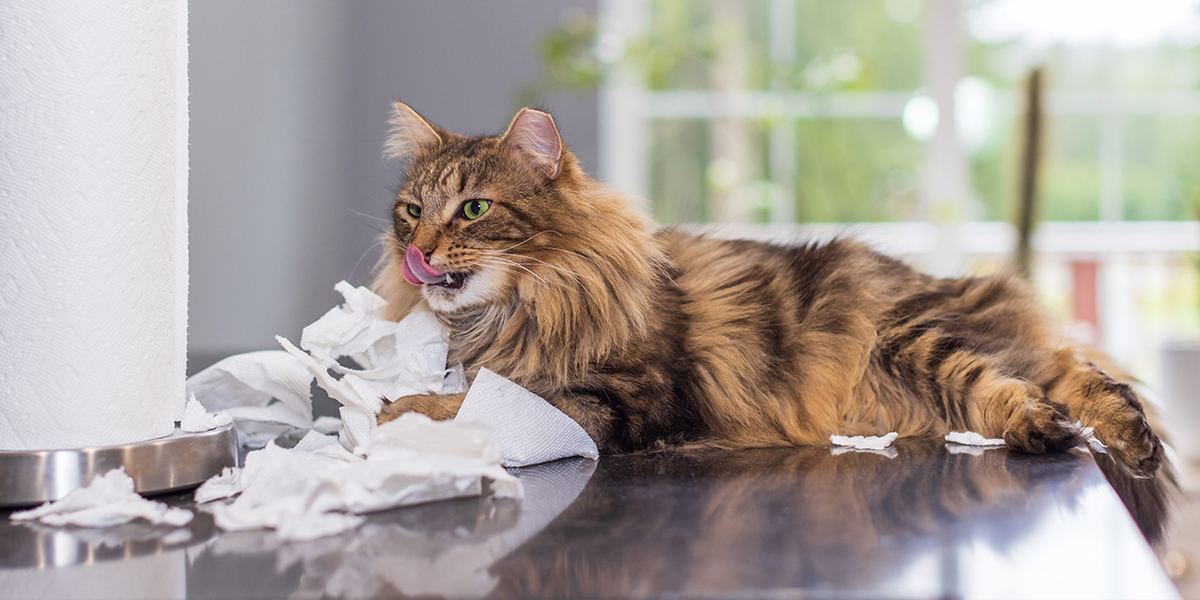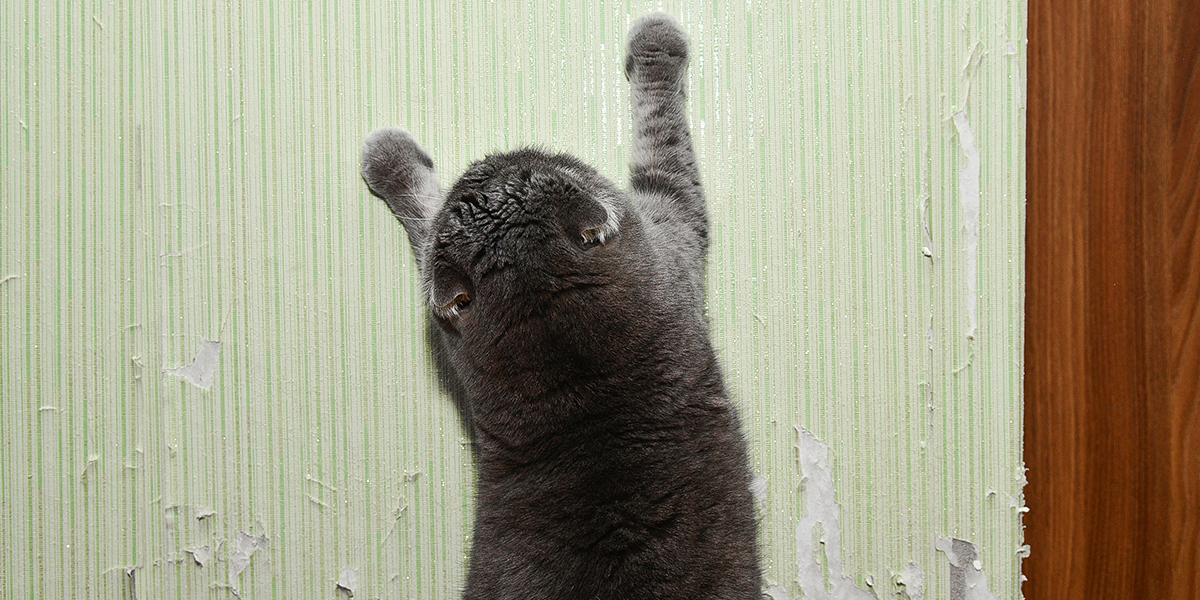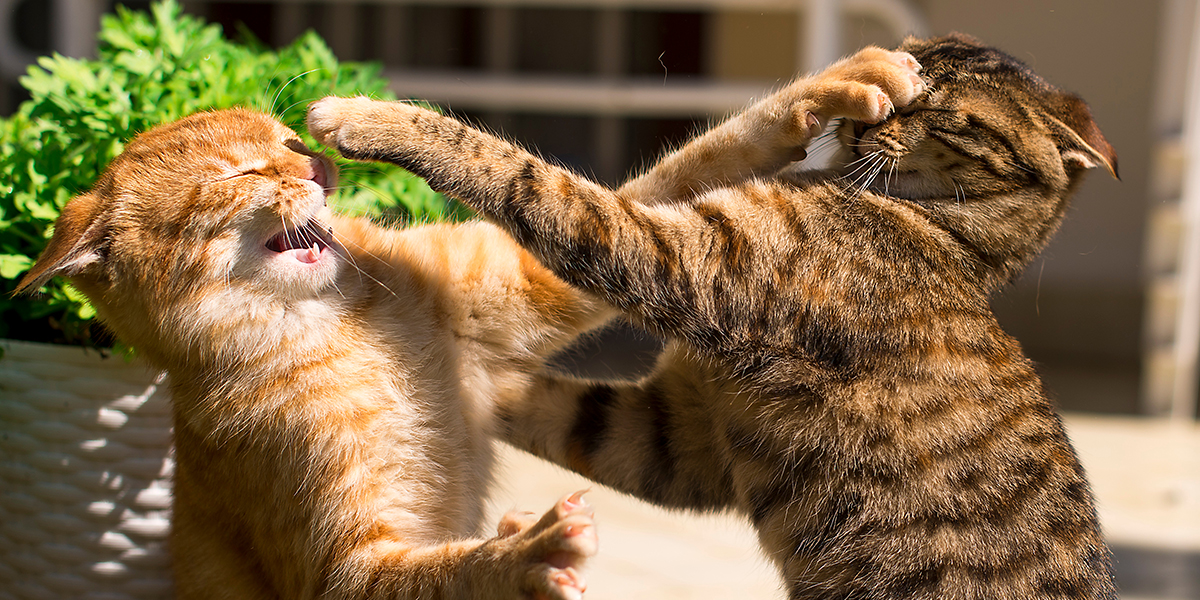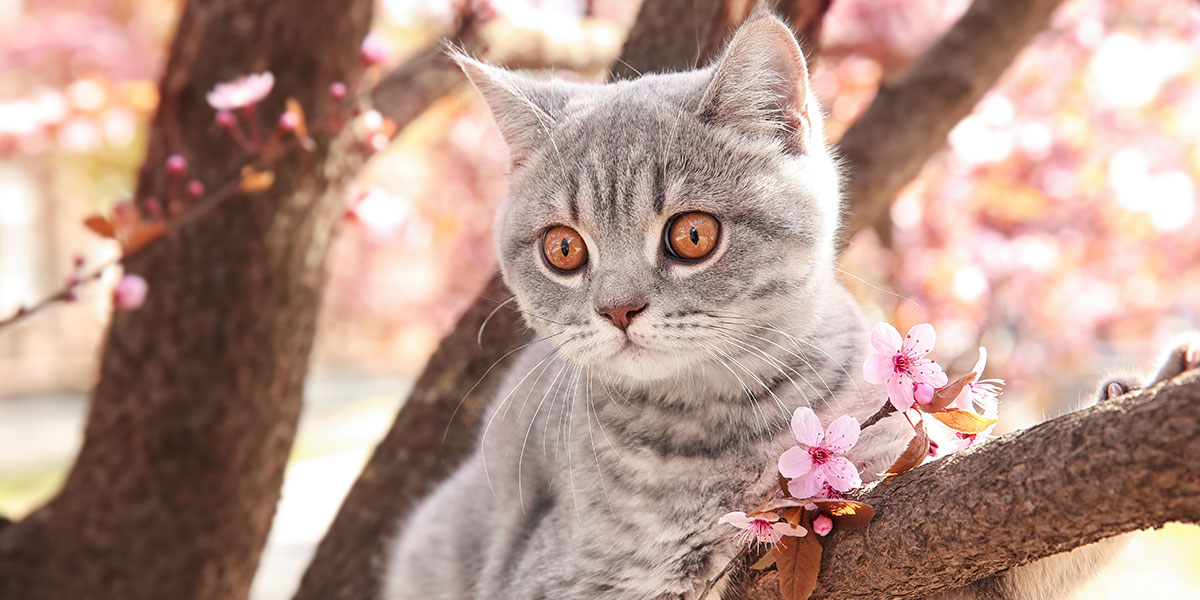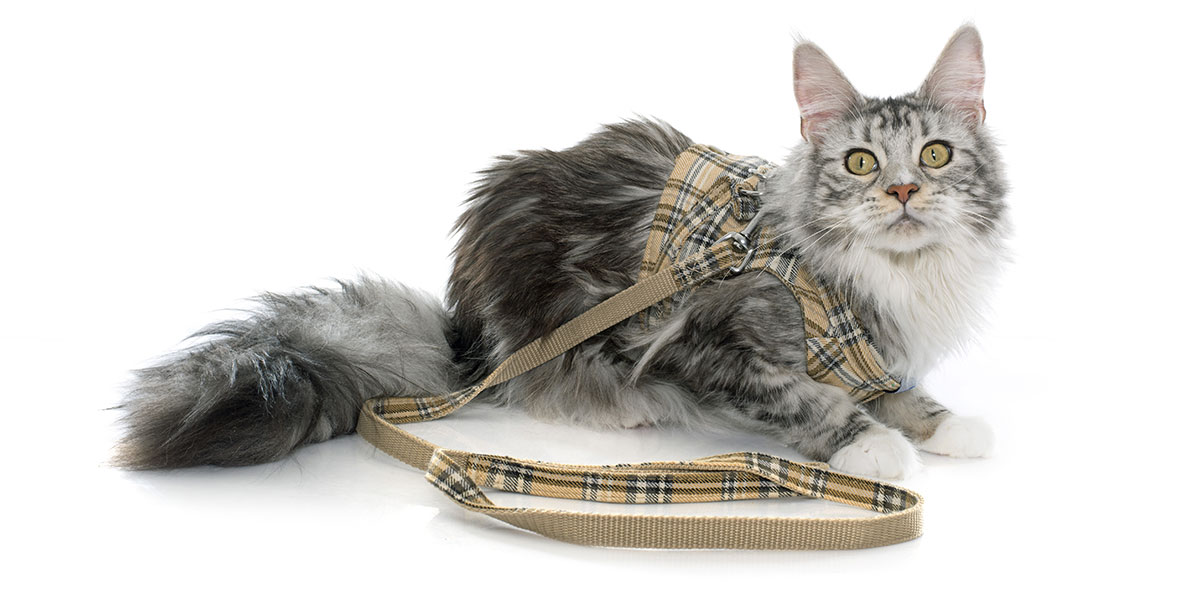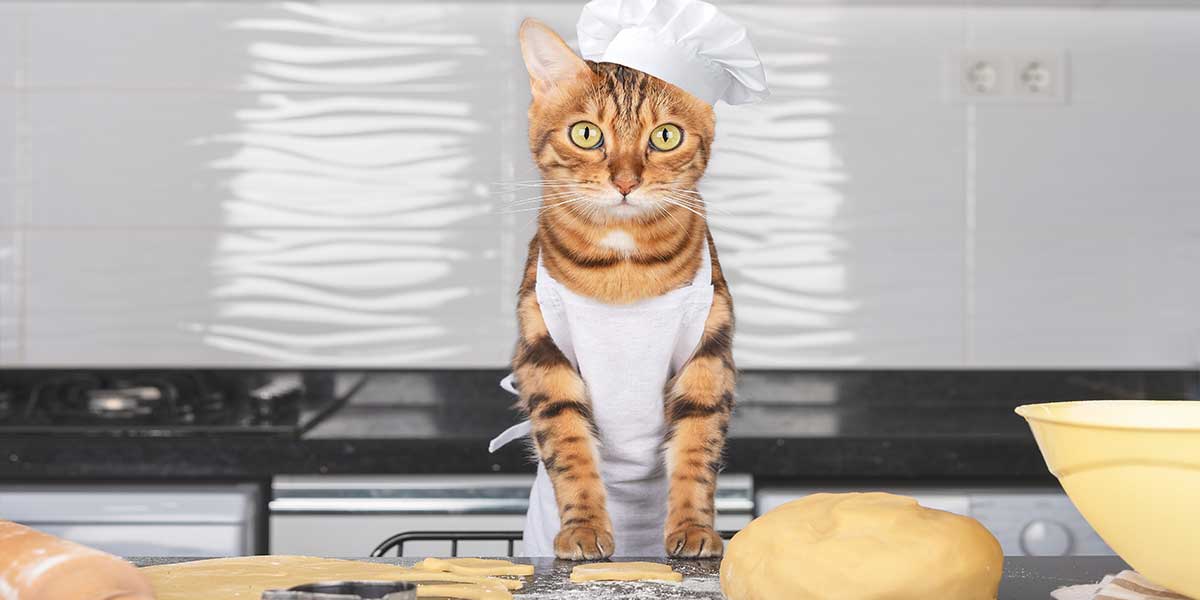Common Cat Behavior Issues to Watch out for by Sandy Robins
Cats are an enigma and many readers have written for help to solve litter box woes, explanations for weird kitty behavior and reasons why one cat may be aggressive to other felines in the family. There are as many answers as there are questions to cat behavioral issues! This blog zooms in and addresses three specific very common issues. Does your kitty’s problem fall into one of these three cat-egories?
Cat Bathroom Behavior Problems
The problem: A cat named Billie Cotton Mittens was adopted as a kitten and never displayed any litter box issues until her Cat Mom and her partner moved. Suddenly, she stopped pooping in the litterbox. Adding a second litter box, changing litters and even using pheromone sprays have not solved the problem; Kitty Mittens continues pooping outside the box. Things to Consider: Often a problem like this can start in a new environment with the cat trying to mark her new territory to feel more at home. And then it can become a habit.Her Cat Mom writes, “I think she knows it’s ‘wrong’ because she seems to hold it in longer than she used to, but I don’t know why she is so averse to the litter box now.”Firstly, it’s really important to discuss the issue with a veterinarian and rule out any medical problems which could make it difficult for a cat to poop. And the issues can be as diverse such as irritable bowel syndrome, a mega colon, or arthritis (even in younger cats). The frequency and the consistency of the poop is also something that should be discussed, and it’s a good idea to take a poop sample with you. Apart from medical issues are ruled out, constipation can also be a problem and the reason why this kitty appears “to hold it.” When badly constipated, cats then associate the litter box with a “uncomfortable place” because in here it’s a strain to poop.Cats are also known to develop a substrate preference. They choose places to poop (and pee) based on how the surface feels to them.The preference can be carpet or fabric. it may be a hard surface such as a tiled, or wood flooring, or a soft surface such as bedding. And that’s why they keep returning to a particular spot at the front door, or a certain rug, or bathmat.Buy a new litter box. The bigger the base area the better and place it in the targeted location. DON’T add litter. Instead, line with the cat’s preferred material – a piece of carpet, a large tile sample, chop up a bathmat to fit. You may go through quite a few pieces of carpet or chopped up bathmats! The goal is to get the cat to start eliminating in the box. Once this starts happening, start sprinkling a little litter on the surface of the box. And be patient. Add more litter slowly. And, depending on the location where you’ve been forced to place this box, once the cat is pooping in it, it can be very slowly moved to a more suitable place in the home.
Unidentified Or Abnormal Cat Behavior
The Problem: Sheryl says her cat Oliver is a horizontal scratcher and “uses the wall-to-wall carpeting to take care of his nails.“I’ve tried all types of products to get him to stop but nothing works. He’s destroying the carpeting, pulling out the threads. What do you recommend? Or is there a way to train him to scratch something else? He’s obviously an indoor cat and very picky. He doesn’t like cardboard or standup scratching posts.”Things to Consider: Oliver is a normal cat who simply prefers scratching horizontally instead of vertically. And, if he’s fussy about corrugated cardboard scratchers which are available in a plethora or shapes and designs, consider getting him flat scratchers made of sisal or seagrasses. Also consider rope or wood. Etsy may be a good place to shop for unusual items. Place one over his favorite carpet location and place others in various other locations around the home. You can never have too many scratchers.Here’s a tip. Cats like to scratch after a snooze so place one scratcher as close as possible to a favorite snooze zone. Add catnip to entice. Spray it on or scatter loose nip.While lots of cat like to scratch horizontally, Oliver may be persuaded to try a scratching ramp with an adjustable incline. They come in various surfaces. The Scratchy Ramp from Alpha Paw comes with replaceable carpet sheets. This may suit his scratching needs purrfectly!
Cat Aggression To Other Cats/Pets
The Problem:Gracie and Chocolate are two senior cats who found themselves living together in the same household when their respective pet parents got married. The situation is causing stress and anxiety to both cats, and one has developed UTI/ FLUTD issues.“What can be do to help them?” Asks their distressed pet parents. Things to Consider: You are never too old to make new friends, and this applies to cats too. However, just like people, you can’t assume they will automatically like each other and get along because they are the same species. Individual personalities and backgrounds all come into play. They need to be re-introduced to each other as if they have never met before. This Skoon blog spells is out how to go about such a re-introduction. Placing pheromone plug-ins throughout the home also helps to reduce levels of stress and anxiety. The UTI (urinary traction infection) and Feline Lower Urinary Tract (FLUTD) issue needs to be addressed and treated by a veterinarian. Factors such as emotional or environment stress in a multi-cat households and abrupt changes in daily routine can cause and exacerbate such medical problems which can be painful. And to help them adjust to a new household routine, a discussion with their veterinarian about anti-anxiety medications that may be useful too.
Sandy Robins

- Winner of The Excellence in Journalism and Outstanding Contribution To The Pet Industry Award.
- Being named A Woman of Influence in The Pet Industry.
- Winner of the Pet Industry Icon Award.
- Speaking on massive media networks, such as Today, MSNBC, Zillow, and others.
- A regular contributor for publications, such as Modern Dog, Catser, Consumers Digest, and Happy Paws.
- Author of award-winning books, Fabulous Felines: Health and Beauty Secrets For The Pampered Cat, For The Love of Cats, The Original Cat Bible, and Buffy The Cat: Making The Most of Nine Lives.
As a pet lifestyle behaviorist specialist, Sandy has joined the Skoon family to help cat lovers everywhere understand their cats’ behaviors and form a closer bond with their furbabies.

